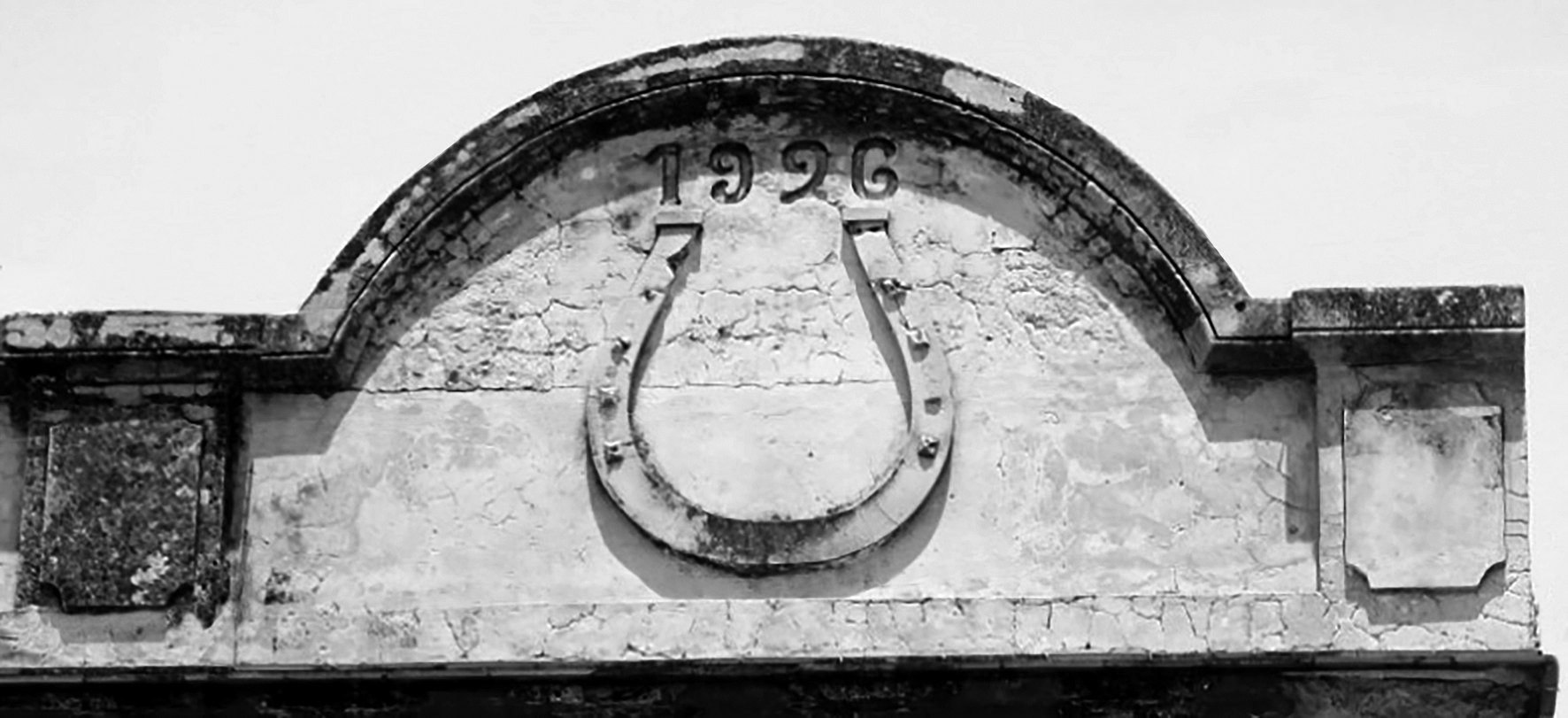The graphic identifying writing models with socio-visual hegemony in the identification of architecture in Tampico (1914-1930)
DOI:
https://doi.org/10.37636/recit.v44329352Keywords:
Socio-visual hegemony, Writing models, Social identificationAbstract
This research explores the capacity of the identifying graphic writing models, inscriptions or identifying symbols built, as one of the main instruments and means that architects had to penetrate the complex cultural mosaic in Mexico, arranged to identify building facades. from 1914 to 1930; as a visual expression of foreign cultural manifestations that became their own and identity in Tampico society. These objects of materialized communication are referents of modern Tampico thought and acted as spokesmen for the political and social ideas of the ruling class (bourgeoisie) interested in the new progressive modernizing current that arrived in the country at the beginning of the 20th century. The writing models were sponsored by certain local power groups that were linked to the cultural, economic, and political passing, and functioned as discursive and graphically representative visual devices; that were, mainly, of foreign origins, diffusers of new codes of inclusion and social exclusion in order to be models of civility. The objective of this research is to review the state of the art of socio-visual hegemony in writing models and its relationship with that culture. In consideration of John B. Thompson (2002) the media potentially transform the culture and daily life of the societies on which they act. The initial method was aimed at identifying the corpus of these (49) objects, their textual and argumentative study with a descriptive and interpretive exploration from the design point of view. For this, authors such as R. Williams (1997), S. Hall (1984) and Verón (2005), were considered, while the methodological perspective to think about the articulation between socio-visual hegemony and graphic representation was the deep hermeneutics proposed by Thompson with analysis sociohistorical discursive. This research with a qualitative-interpretive approach considers that the writing models supported imaginaries of progress, and this non-thematic graphic record allowed to link the cultural and visual dimension with the structural political dimension; to later identify the dialogue between these two dimensions. What was demonstrable through the empirical historiographic analysis carried out in writing models and the clear understanding of the concept of socio-visual hegemony.
Downloads
References
E. Ávila, Tampico, rincones de antiguo esplendor. Edificaciones hostóricas 1980 y 1930, (p. 27), 2016.
A. Laube y M. Widrig, Archigraphy, Lettering on Buildings. Buenos Aires, Argentina: Birkhäuser, 2016. https://doi.org/10.1515/9783035605556 DOI: https://doi.org/10.1515/9783035605556
S. Karzs, “La exclusión: concepto falso, problema verdadero” en S. Kars. (Ed.), La exclusión: bordeando sus fronteras. Definiciones y Matices. España: Gedisa, 2000, pp. 133-214.
P. Greenhalgh, Modernism and Design. Londres, Inglaterra: Reaktion Books, 1990, p. 9.
M. Silva, Arquitectura y materiales modernos: funciones y técnicas internacionales en la ciudad de México 1900-1910, Apr. 9, 2021. http://boletin-cnmh.inah.gob.mx/boletin/boletines/3EV22P181.pdf
A. Gramsci, A., Cartas de la cárcel 1926-1937. Barcelona, España: Ediciones Península, 2003.
P. Bourdieu, El sentido social del gusto. Elementos para una sociología de la cultura. Buenos Aires: Siglo Veintiuno Editores, 2010.
N. Pevsner, Pioneros del Diseño Moderno de William Morris a Walter Gropius. Buenos Aires, Argentina: Ediciones Infinito, 2000.
J. Baudrillard, Crítica de la economía política del signo. México: Siglo Veintiuno Editores, 1974.
S. Hall, Notas sobre la deconstrucción de lo popular. Historia y teoría socialista, crítica, 1984, (9), pp. 1-11.
N. Luhmann, 1998, Complejidad y Modernidad. Madrid, España: Ed. Trotta.
N. García Canclini, La sociedad sin relato, antropología y estética de la inminencia. España: Katz Conocimiento, 2010. https://doi.org/10.2307/j.ctvm7bcb0 DOI: https://doi.org/10.2307/j.ctvm7bcb0
A. Tapia, El diseño gráfico en el espacio social. México: Ed. Designio, 2011.
J. B. Thompson, Ideología y cultura moderna, teoría crítica social en la era de la comunicaci.n de masas, 2002, México: Universidad Autónoma Metropolitana.
R. Williams, Cultura, Sociología de la comunicación y del arte. España: Ediciones Paidós, 1981, pp. 13-18.
E. Verón, Prensa gráfica y teoría de los discursos sociales: producción, recepción, regulación. Fragmentos de un tejido, agosto 2013. Recuperado de http://semiotica2a.sociales.uba.ar/files/2014/08/Veron-texto-prensa-grafica.pdf
Semiótica de Redes, Cátedra Carlón. Facultad de Ciencias Sociales, Universidad de Buenos Aires, 17 de marzo, 2021. http://semioticaderedes-carlon.com/2021/03/15/glosario/?fbclid=lwAR1QANx6vEFvdlkUrnTzADv5XJZo8N8kPTpke73ZipJD51Ed4rpc0-VPjL8
A. Valdivia-Barrios, D. Pinto-Torres, and M. Herrera-Barraza, “Media Literacy and Learning. Conceptual Contribution in the Field of Media Education”, REE, vol. 22, no. 2, pp. 1-16, Mar. 2018. https://doi.org/10.15359/ree.22-2.8 DOI: https://doi.org/10.15359/ree.22-2.8
J. F. Liernu, Arquitectura, en teoría escritos 1986-2010. Buenos Aires, Argentina: Bibliográfika de Voros, S. A., pp. 64-66, 2010.
K. Lynch, The Image of the City. Barcelona, España: Ed. Gustavo Gili, 2008.
L. Villoro, Sobre la identidad de los pueblos. Estado plural, pluralidad de culturas, 2015, pp. 63-68, nov. 3, 2019.

Published
How to Cite
License
Copyright (c) 2021 Rebeca Isadora Lozano Castro

This work is licensed under a Creative Commons Attribution 4.0 International License.
The authors who publish in this journal accept the following conditions:
The authors retain the copyright and assign to the journal the right of the first publication, with the work registered with the Creative Commons Attribution license 4.0, which allows third parties to use what is published as long as they mention the authorship of the work and the first publication in this magazine.
Authors may make other independent and additional contractual agreements for the non-exclusive distribution of the version of the article published in this journal (eg, include it in an institutional repository or publish it in a book) as long as they clearly indicate that the work it was first published in this magazine.
Authors are allowed and encouraged to share their work online (for example: in institutional repositories or personal web pages) before and during the manuscript submission process, as it can lead to productive exchanges, greater and more quick citation of published work (see The Effect of Open Access).











